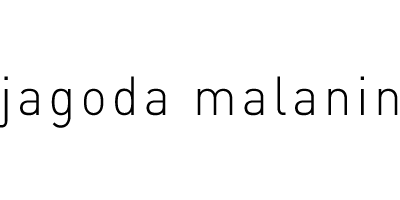Into the white night puppies were born
I.
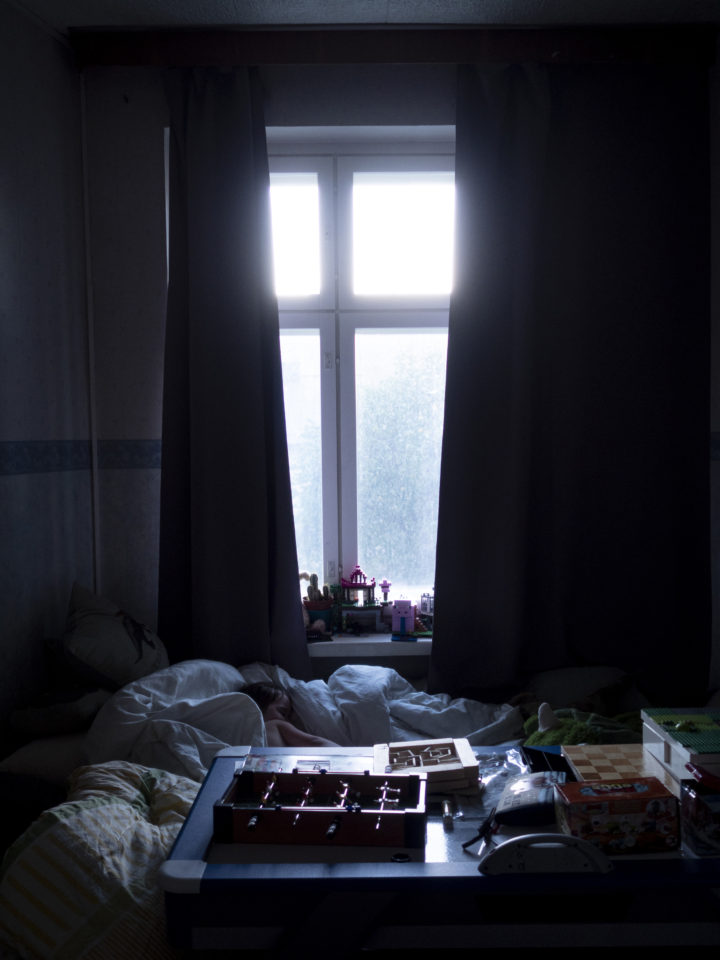
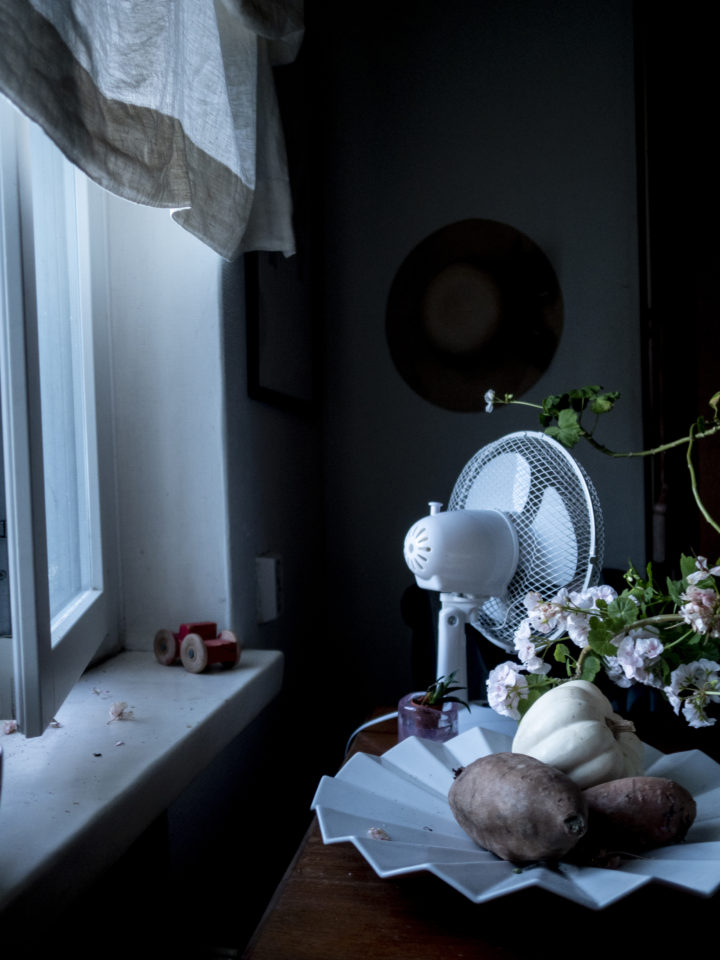
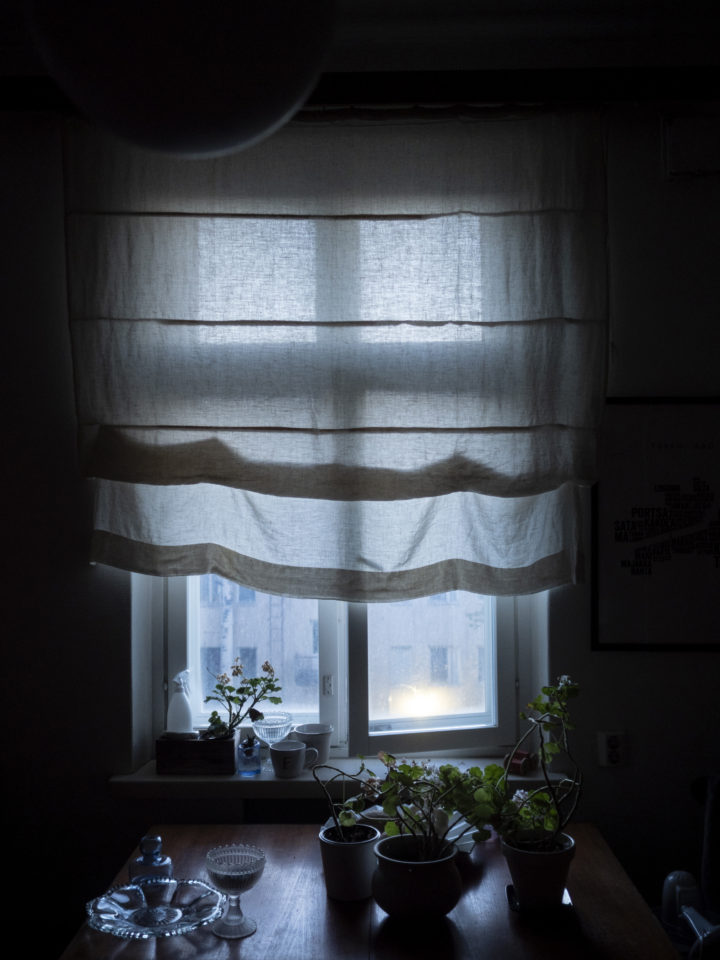
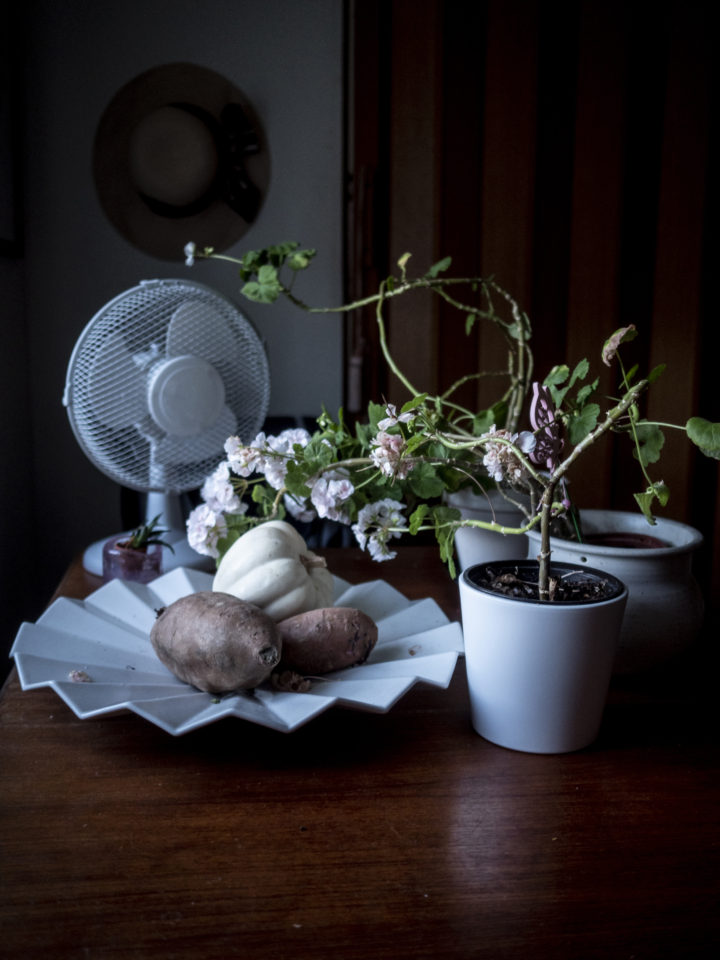
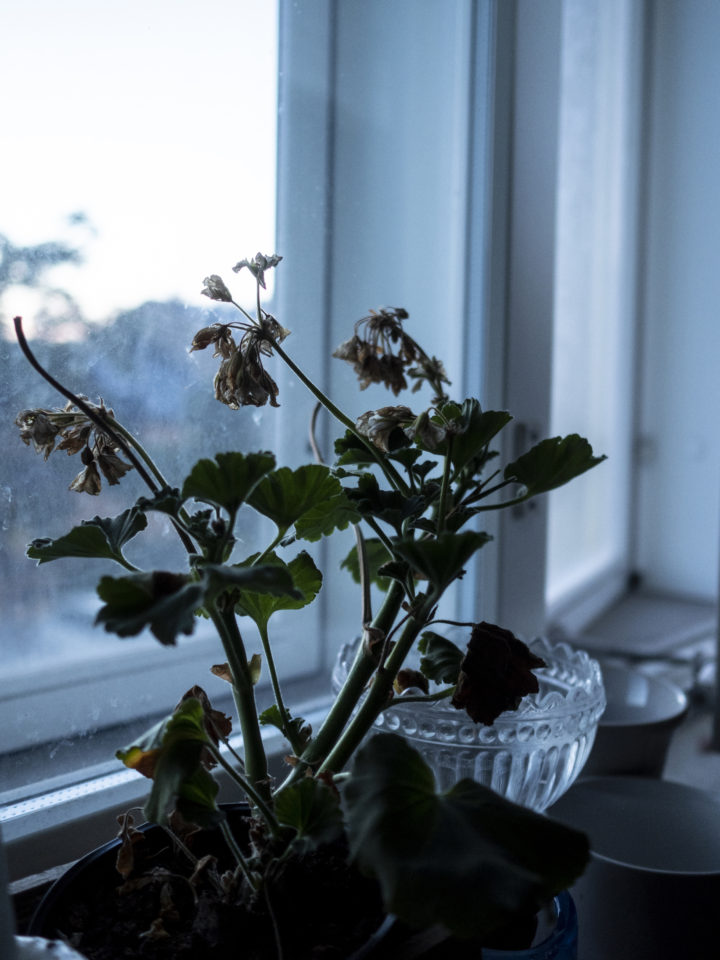
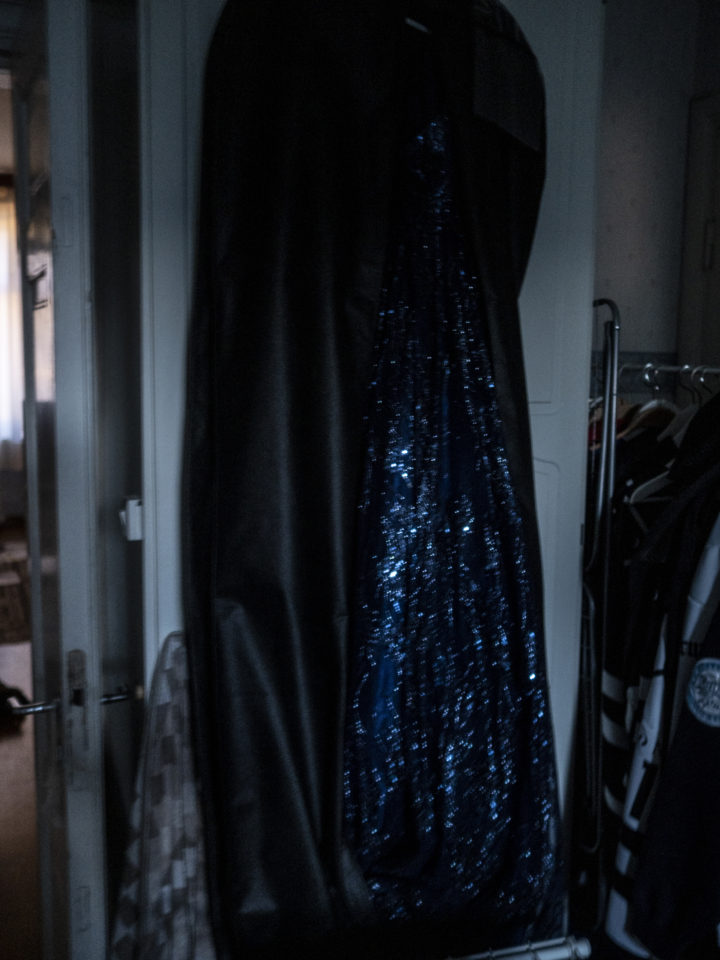
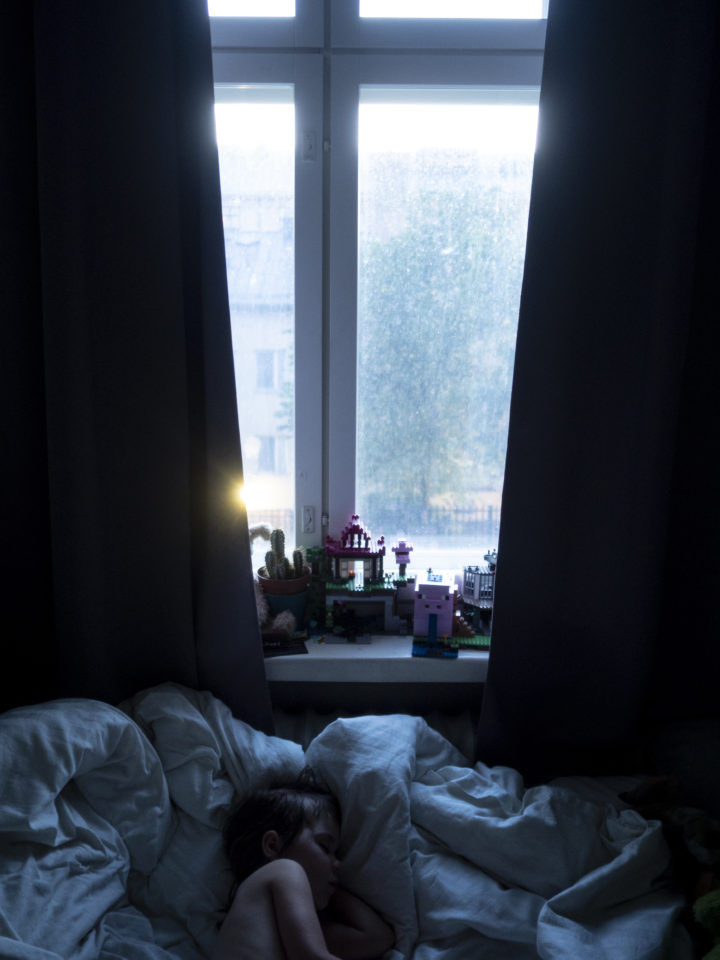
II
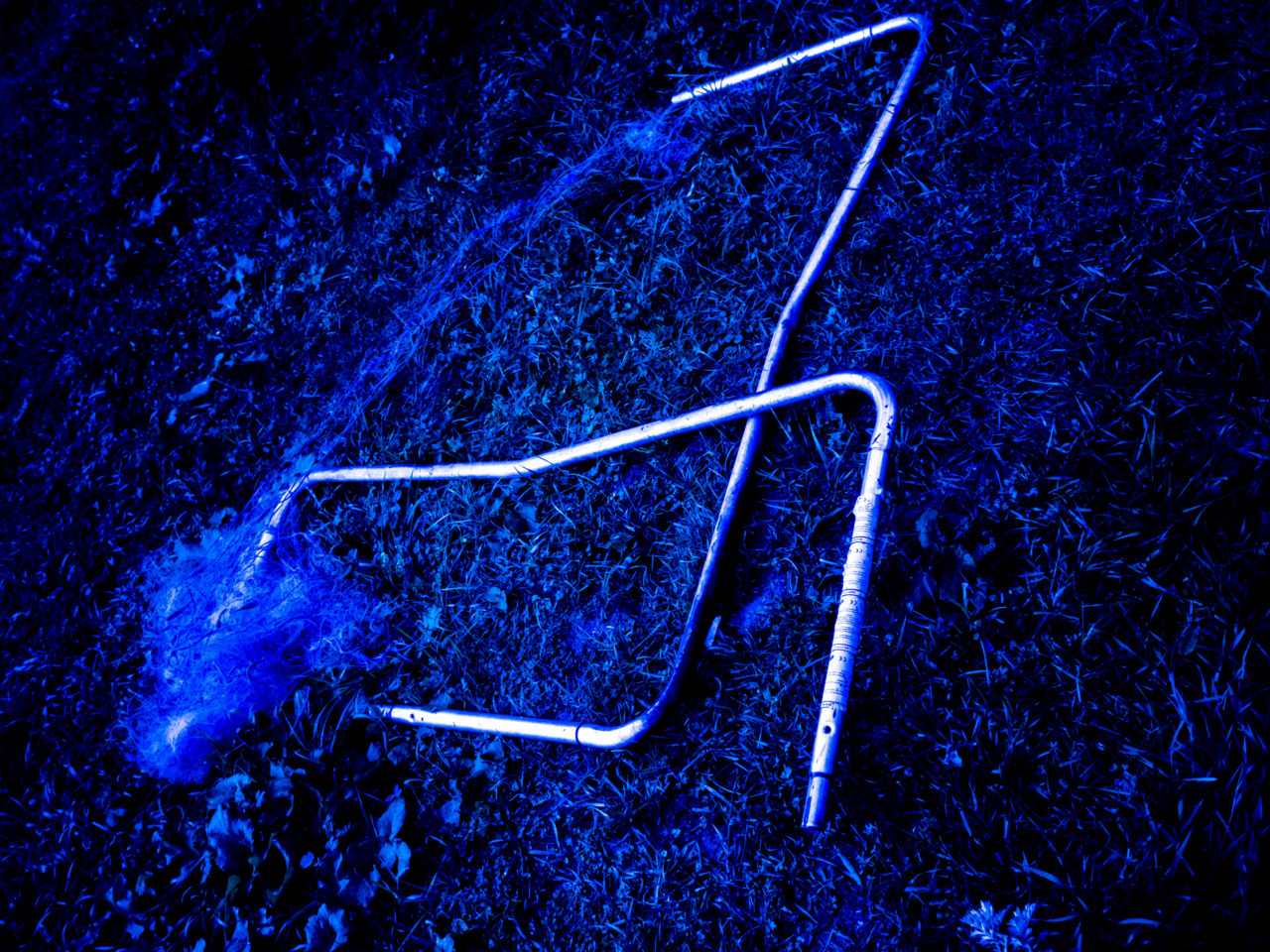
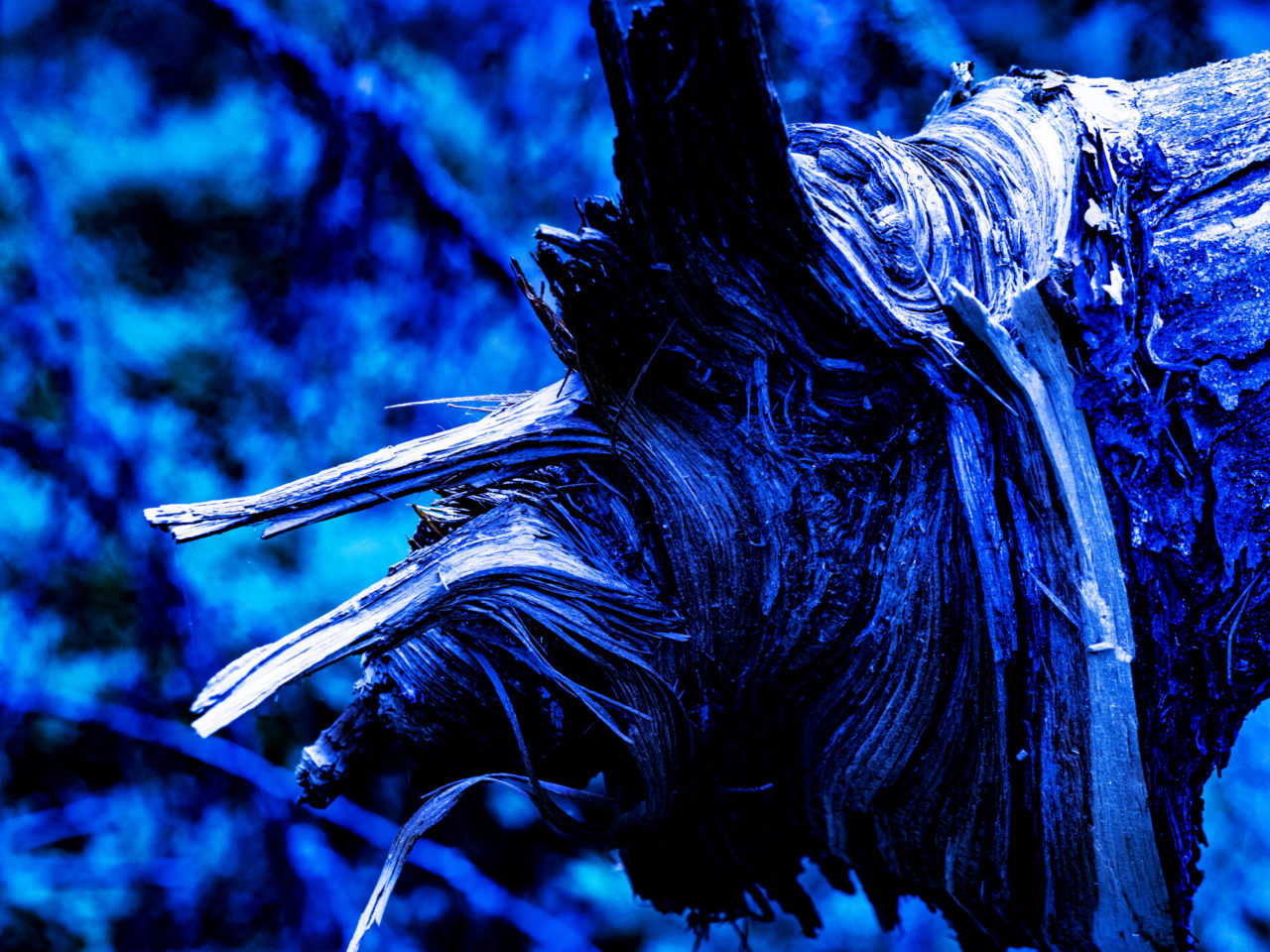
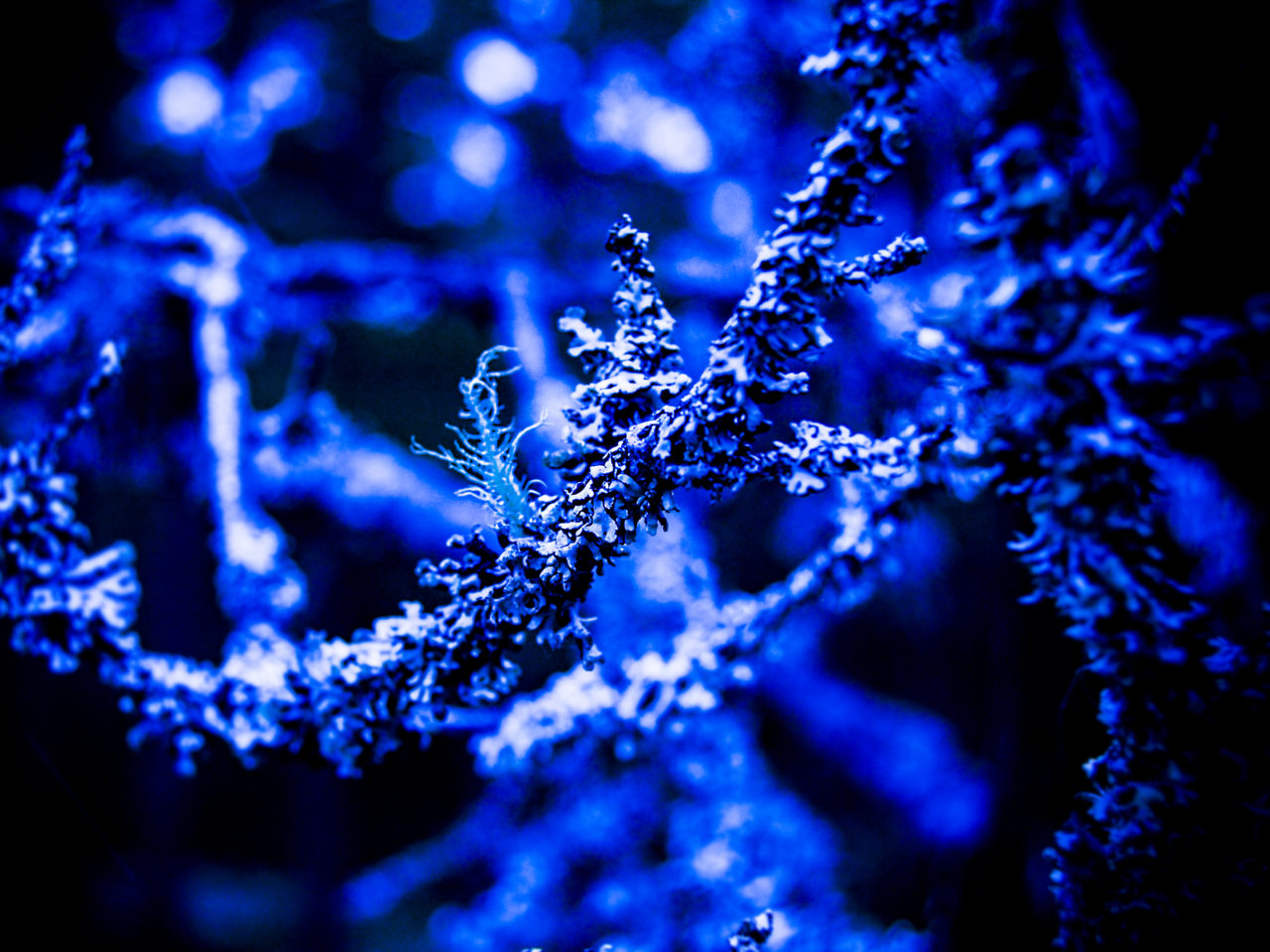
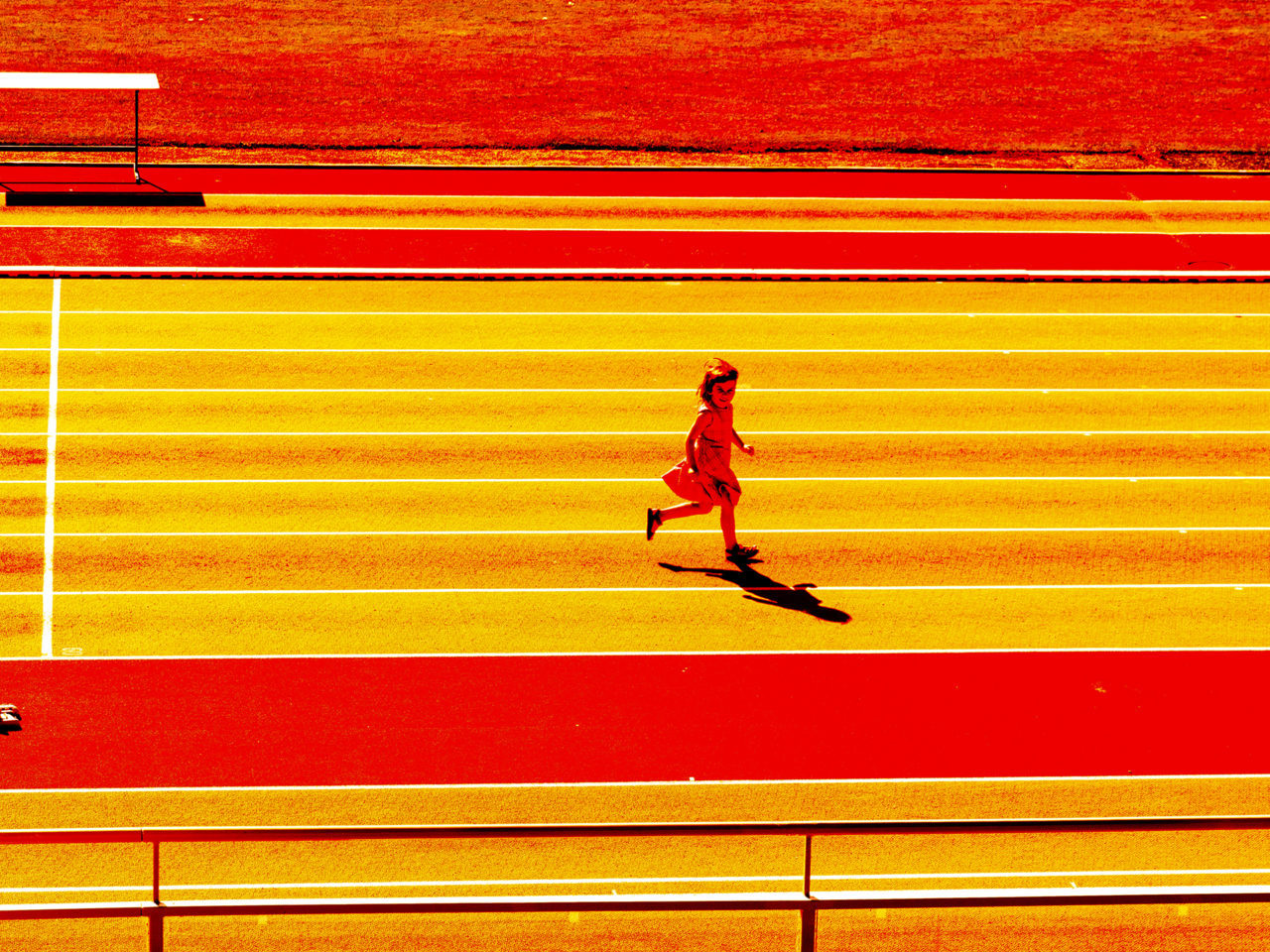
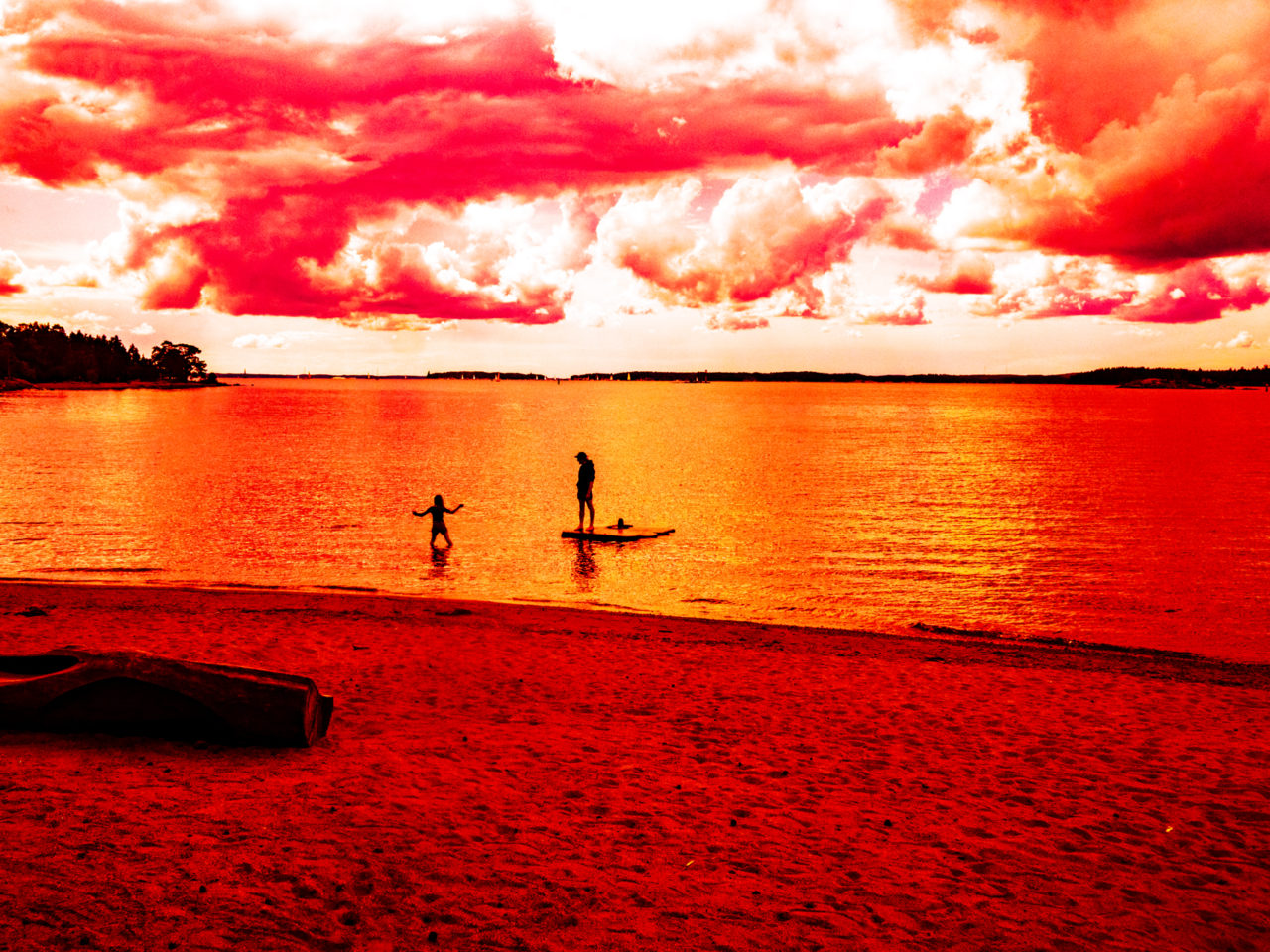
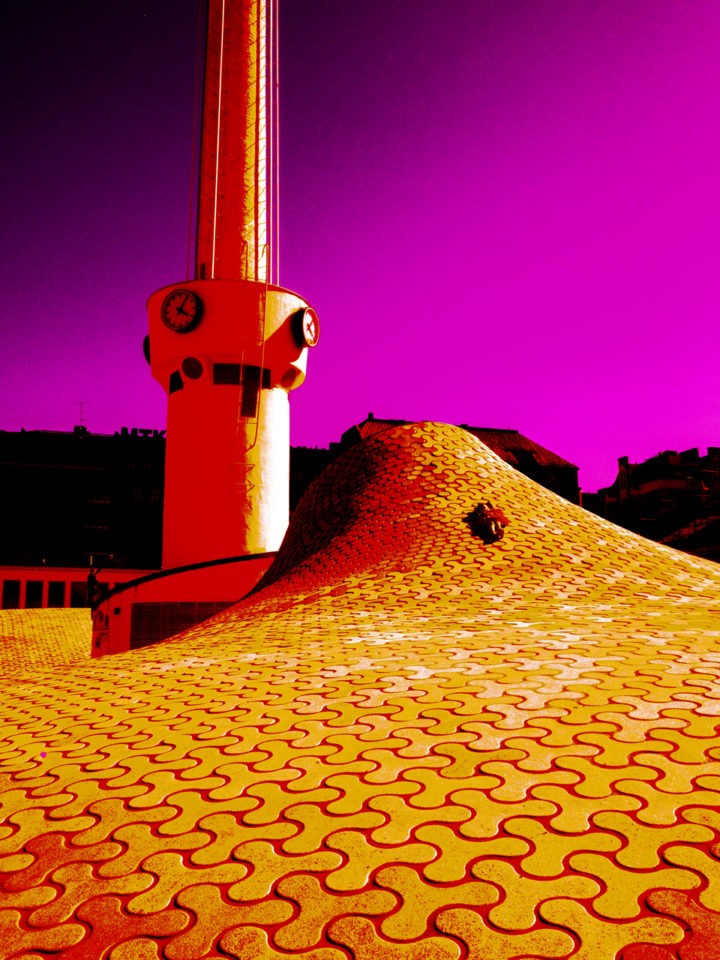
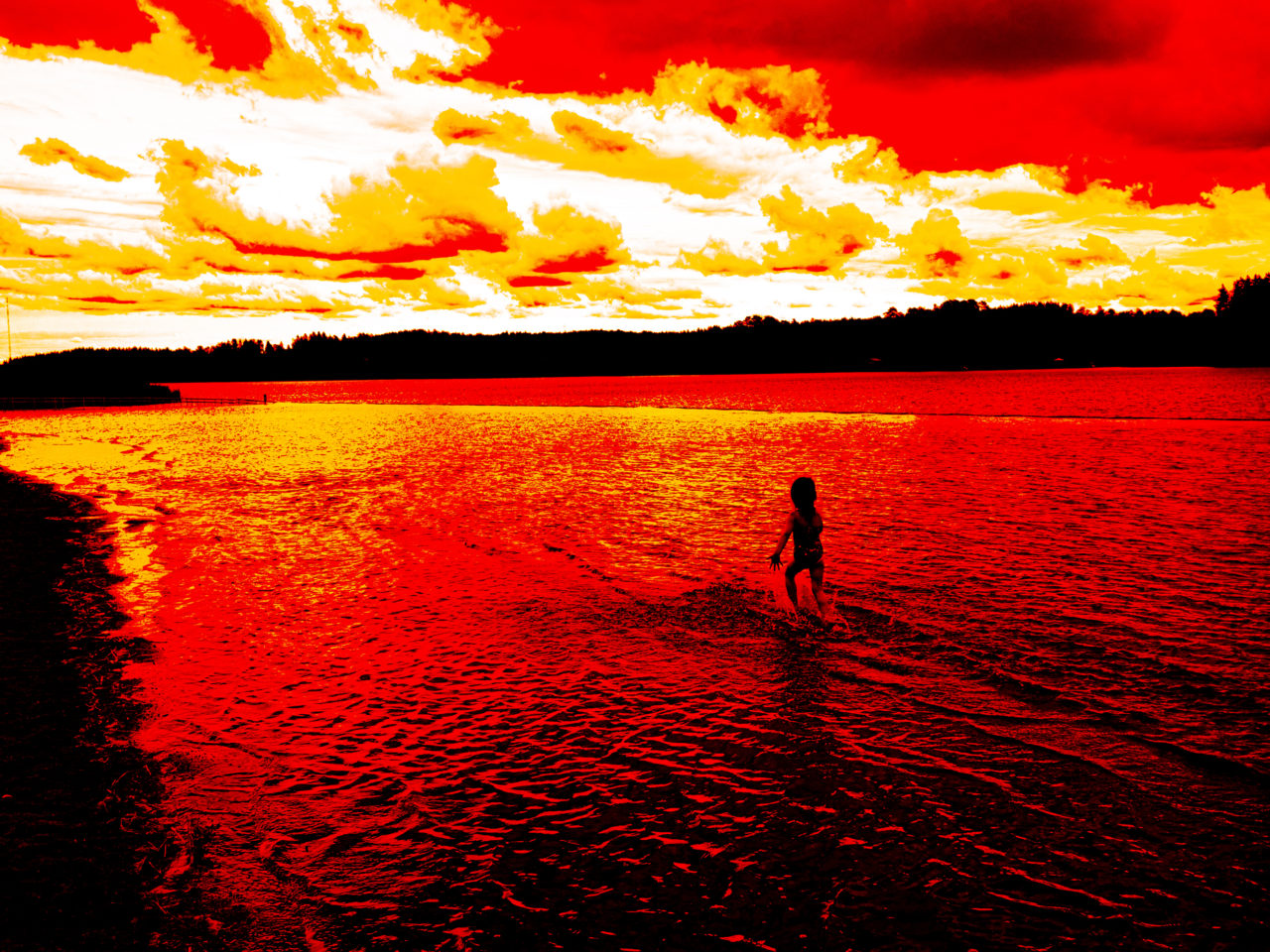
III
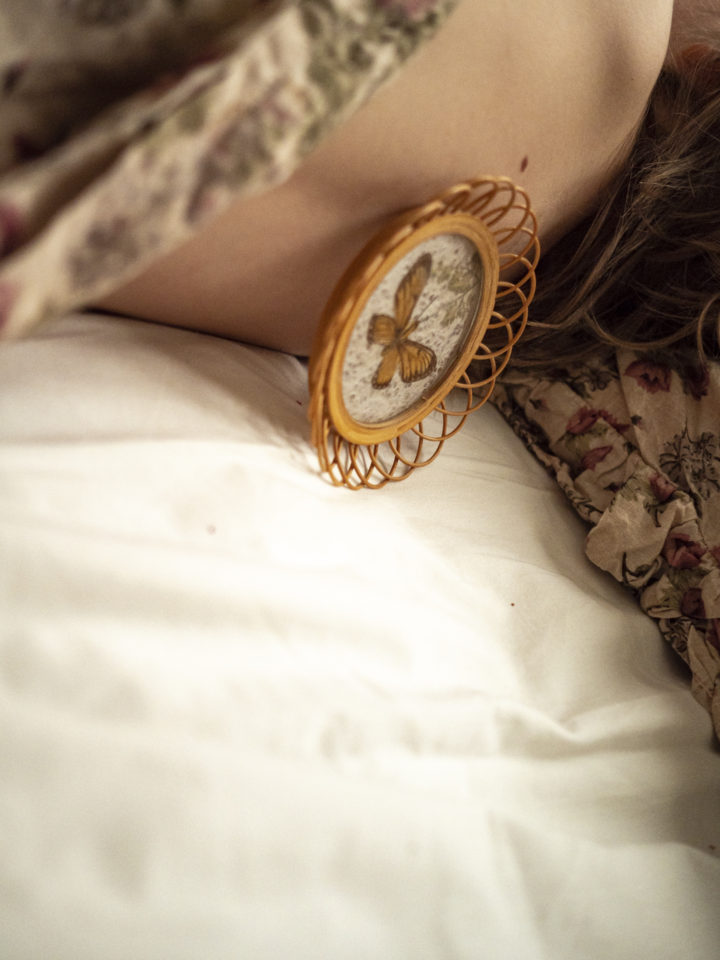
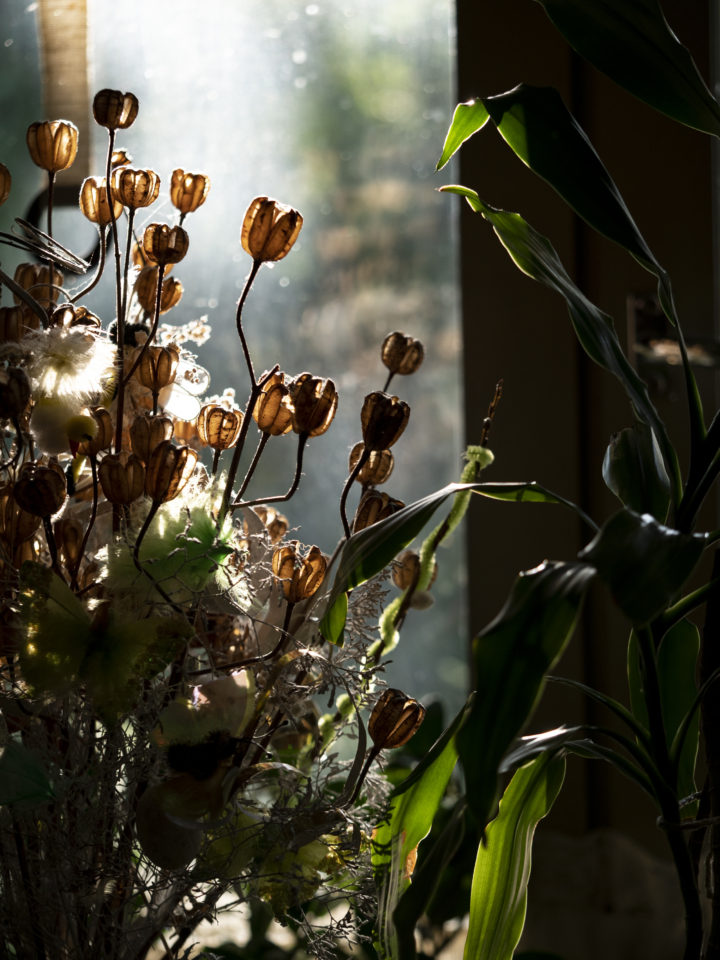

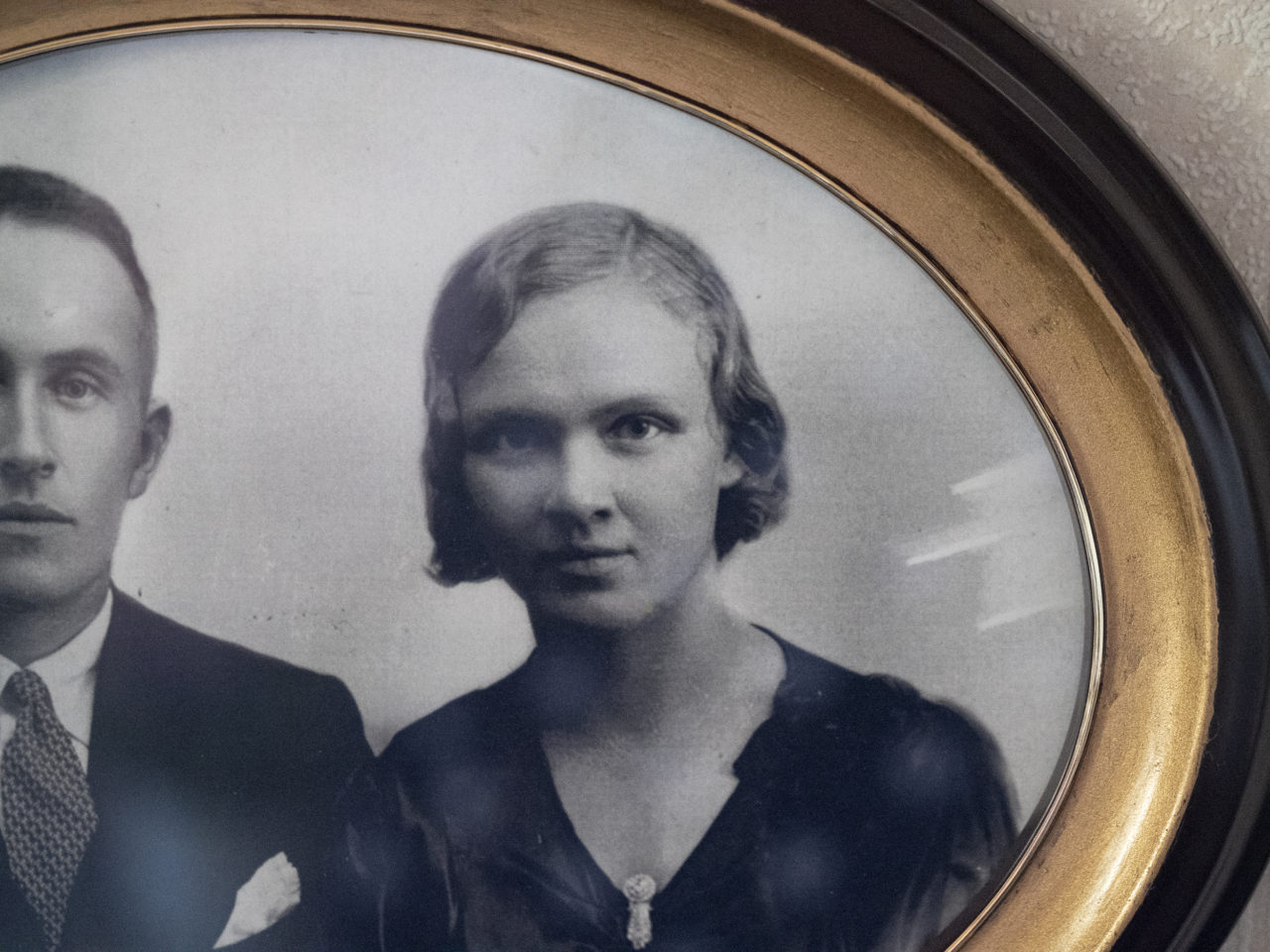
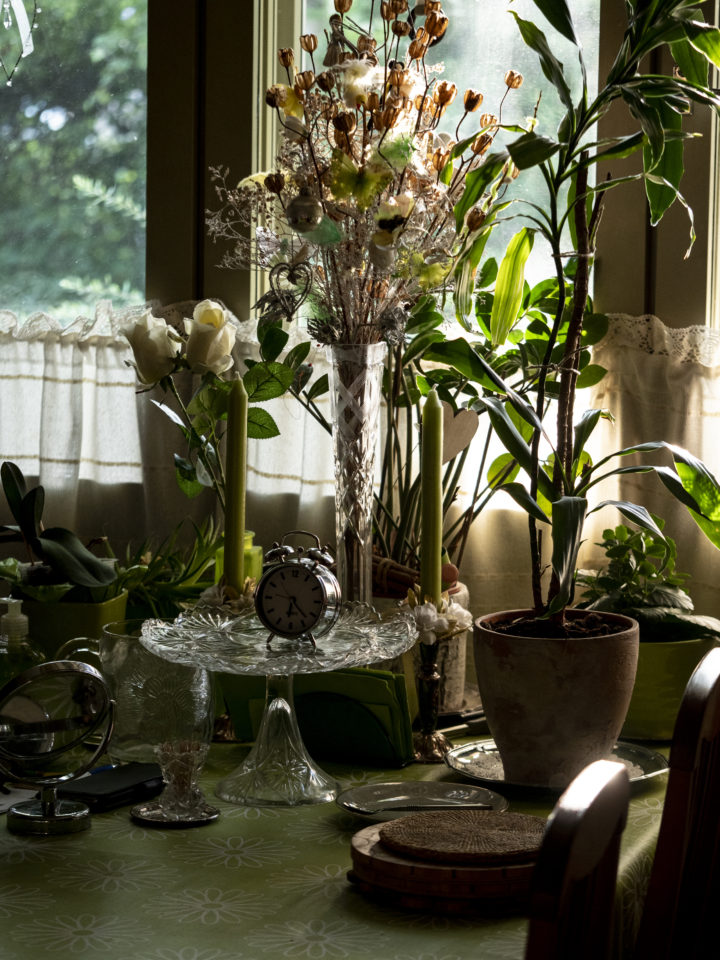
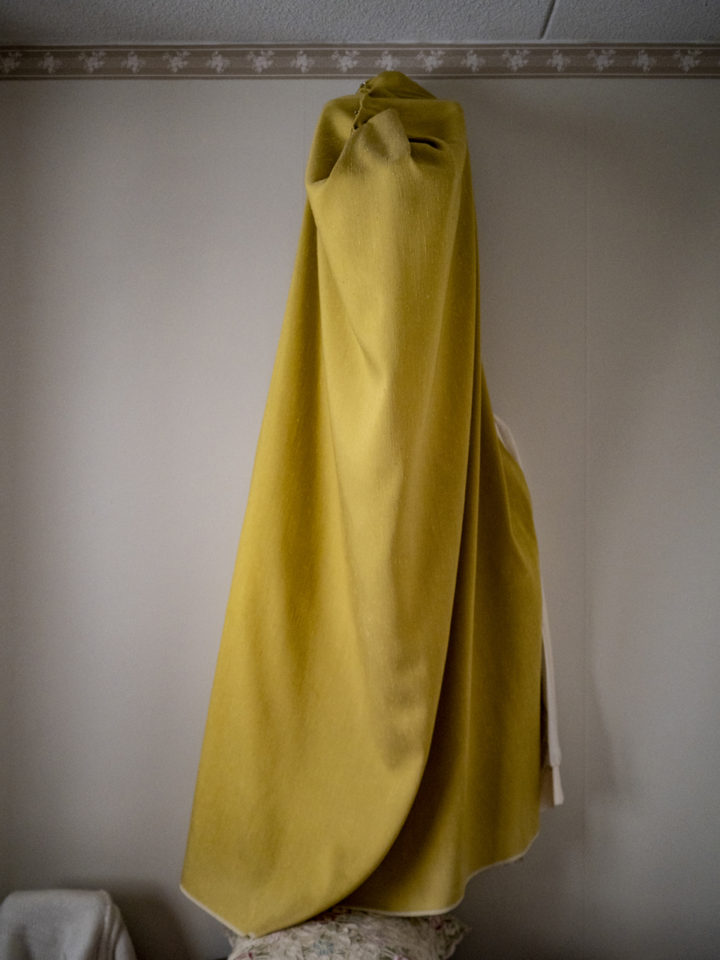
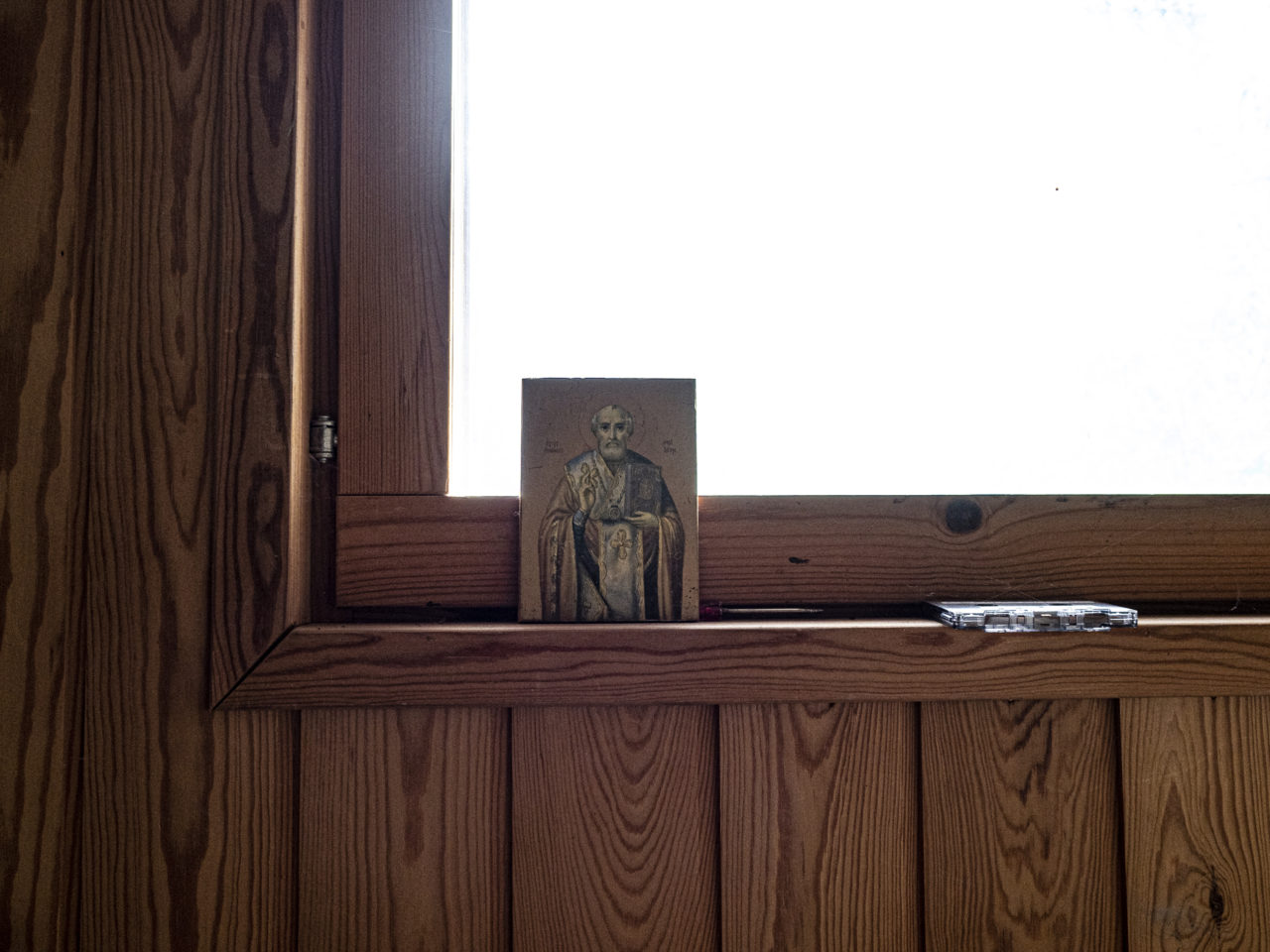
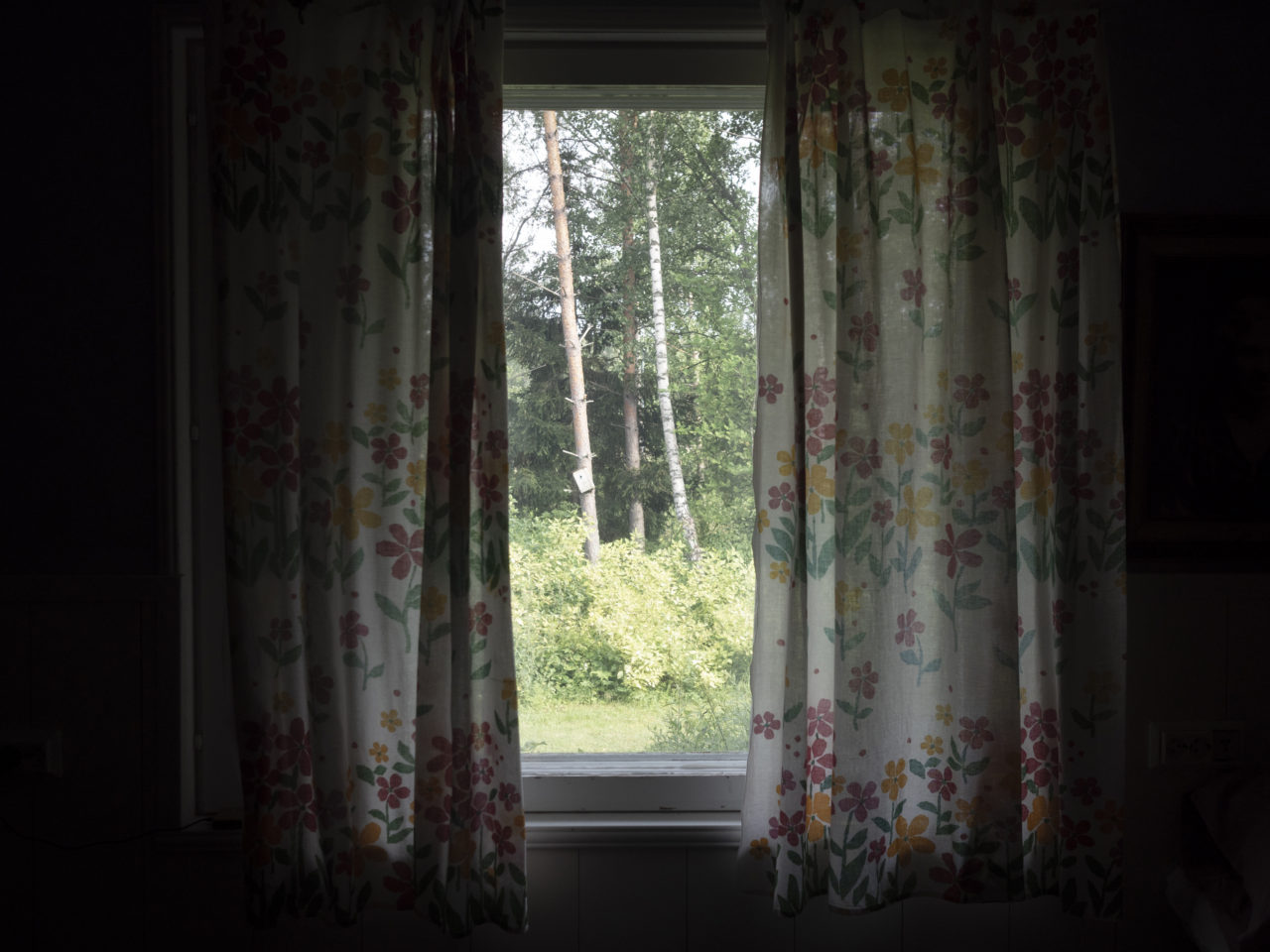
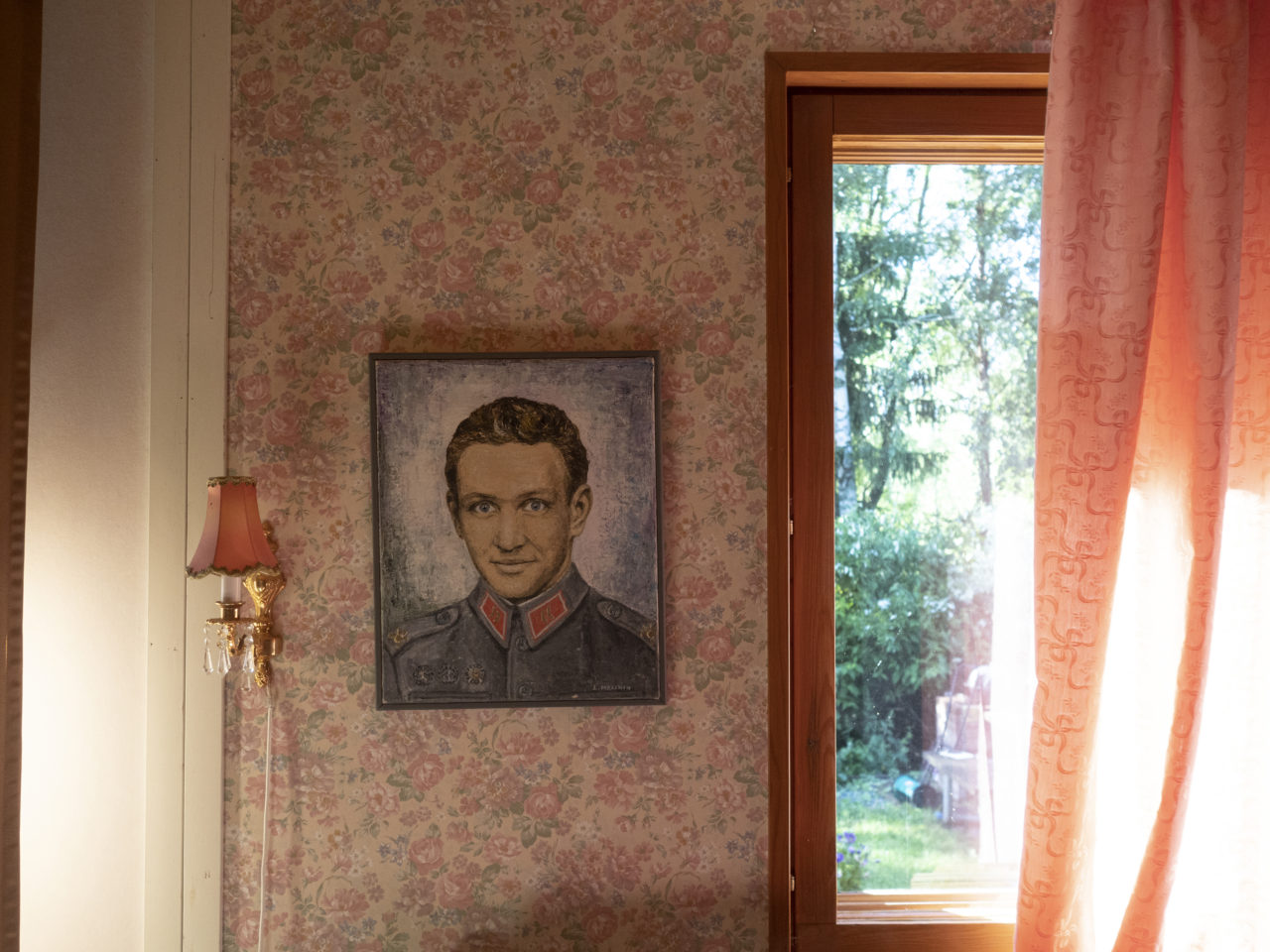
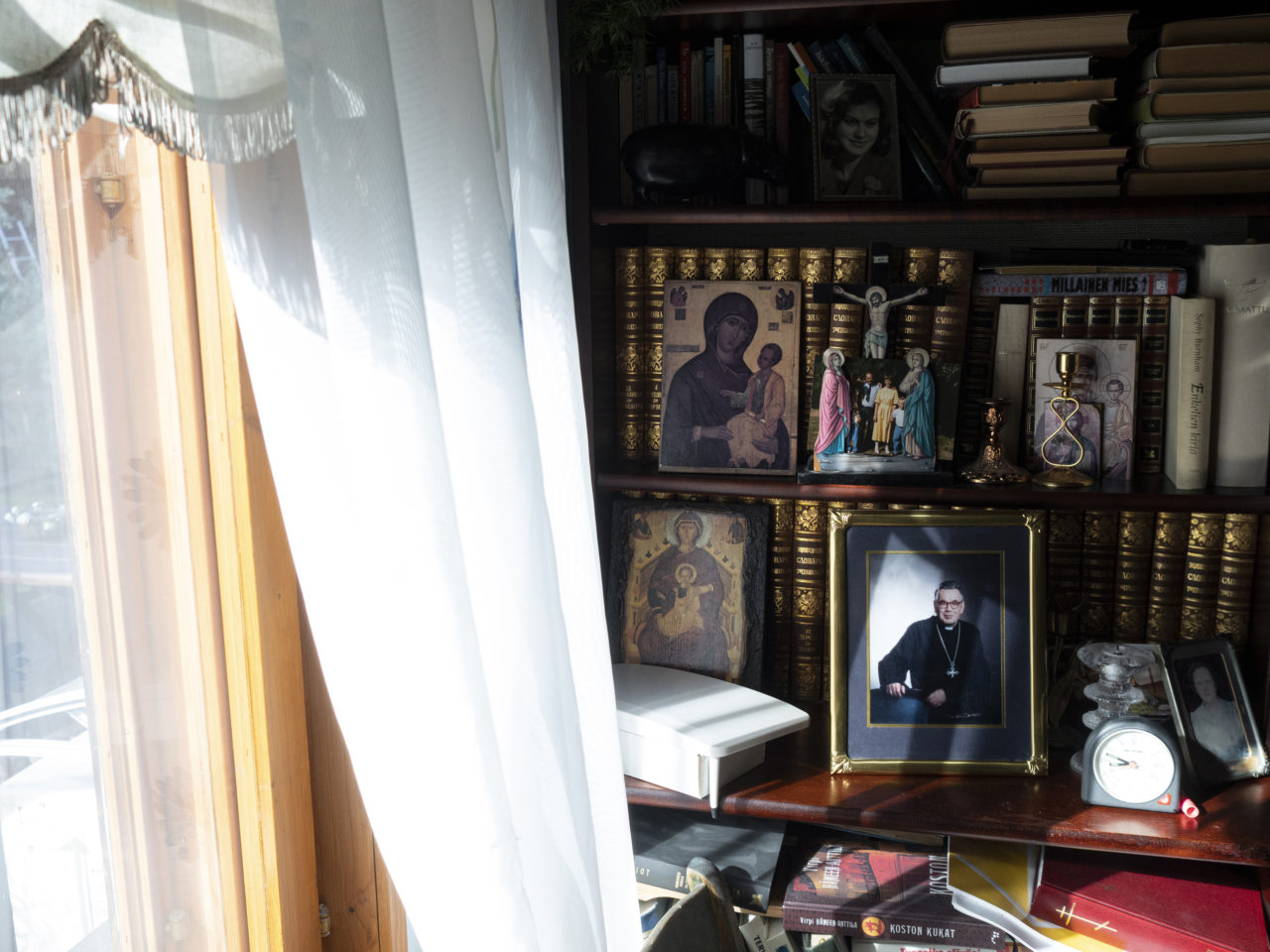

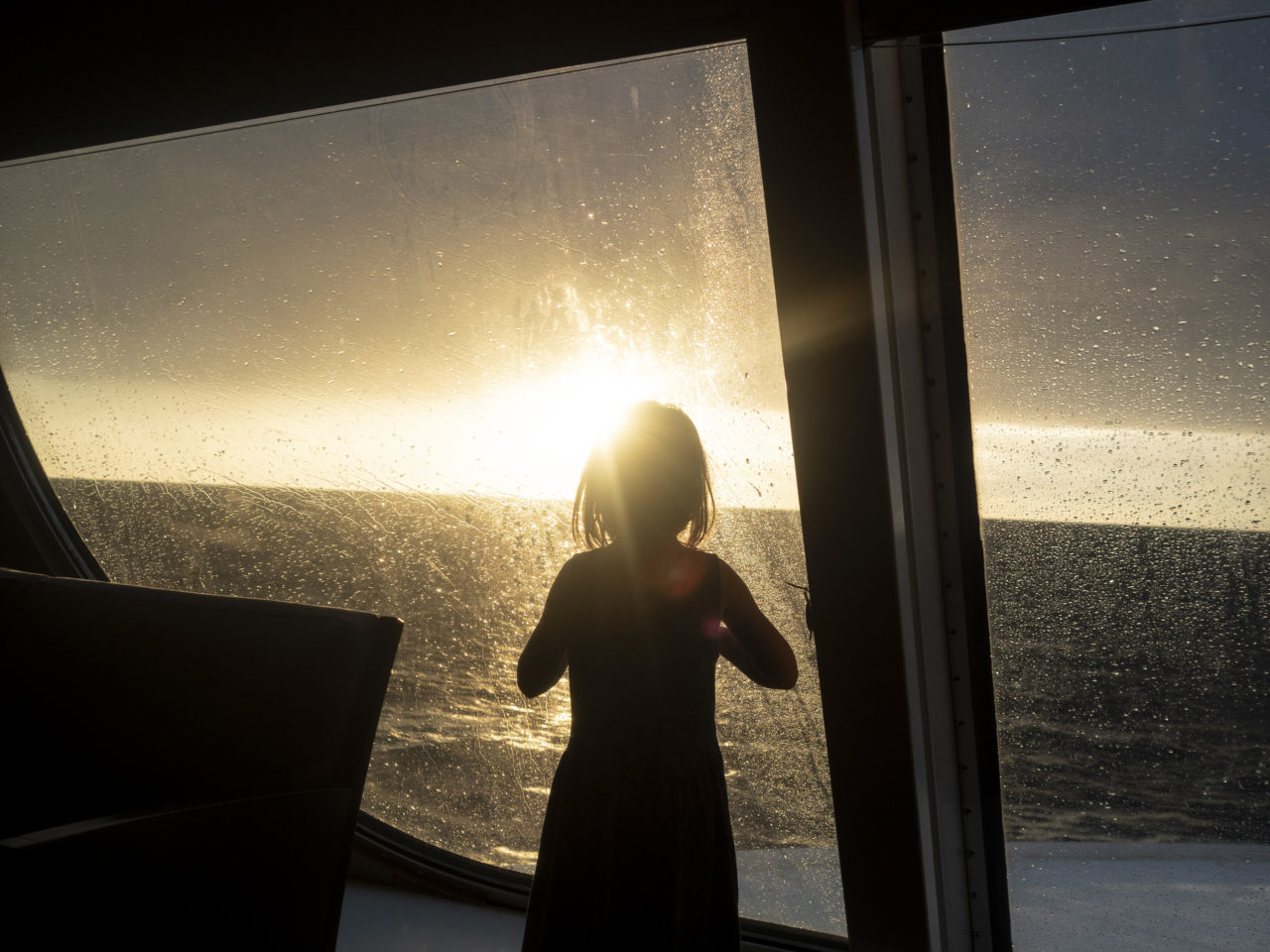
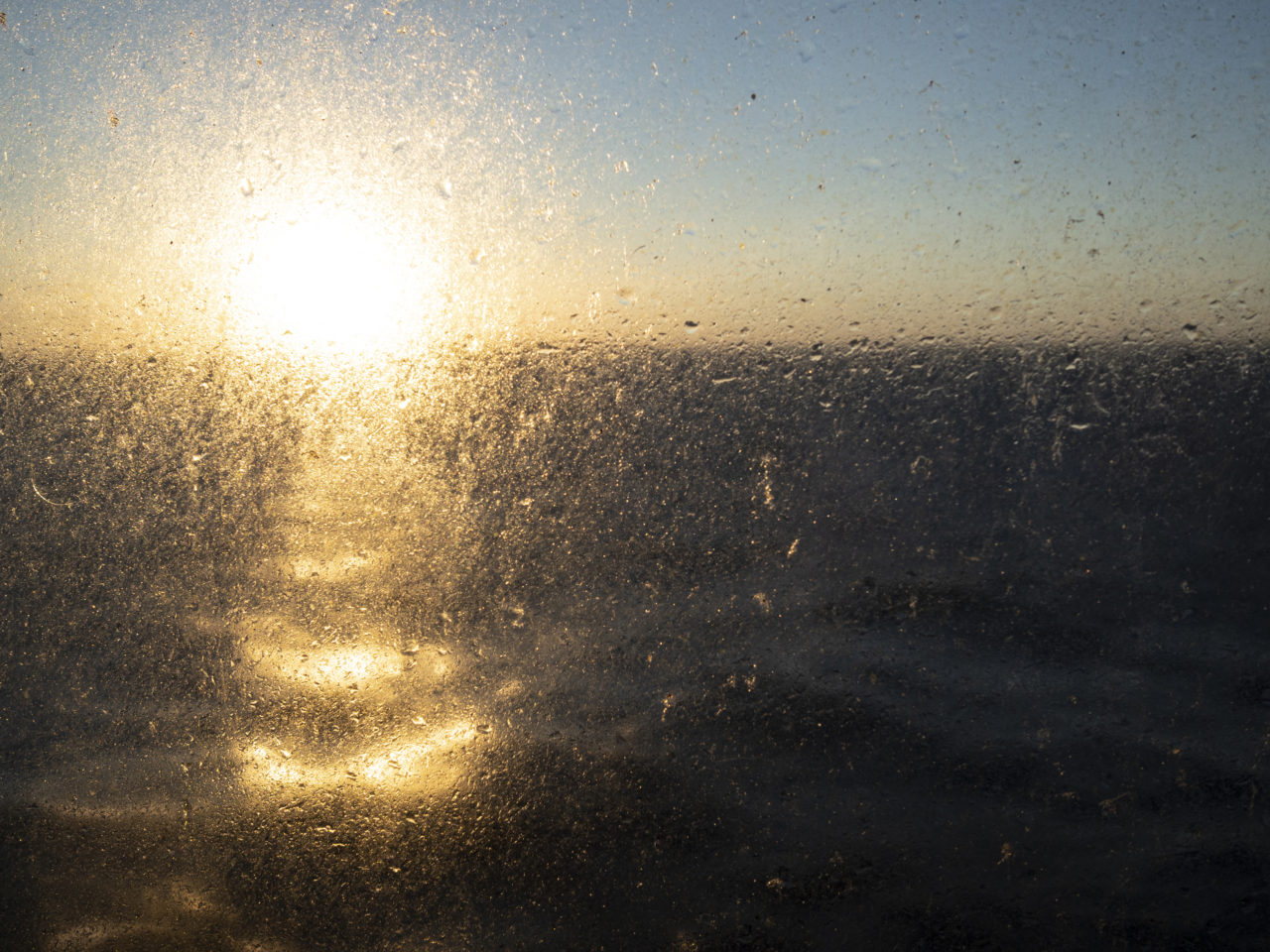
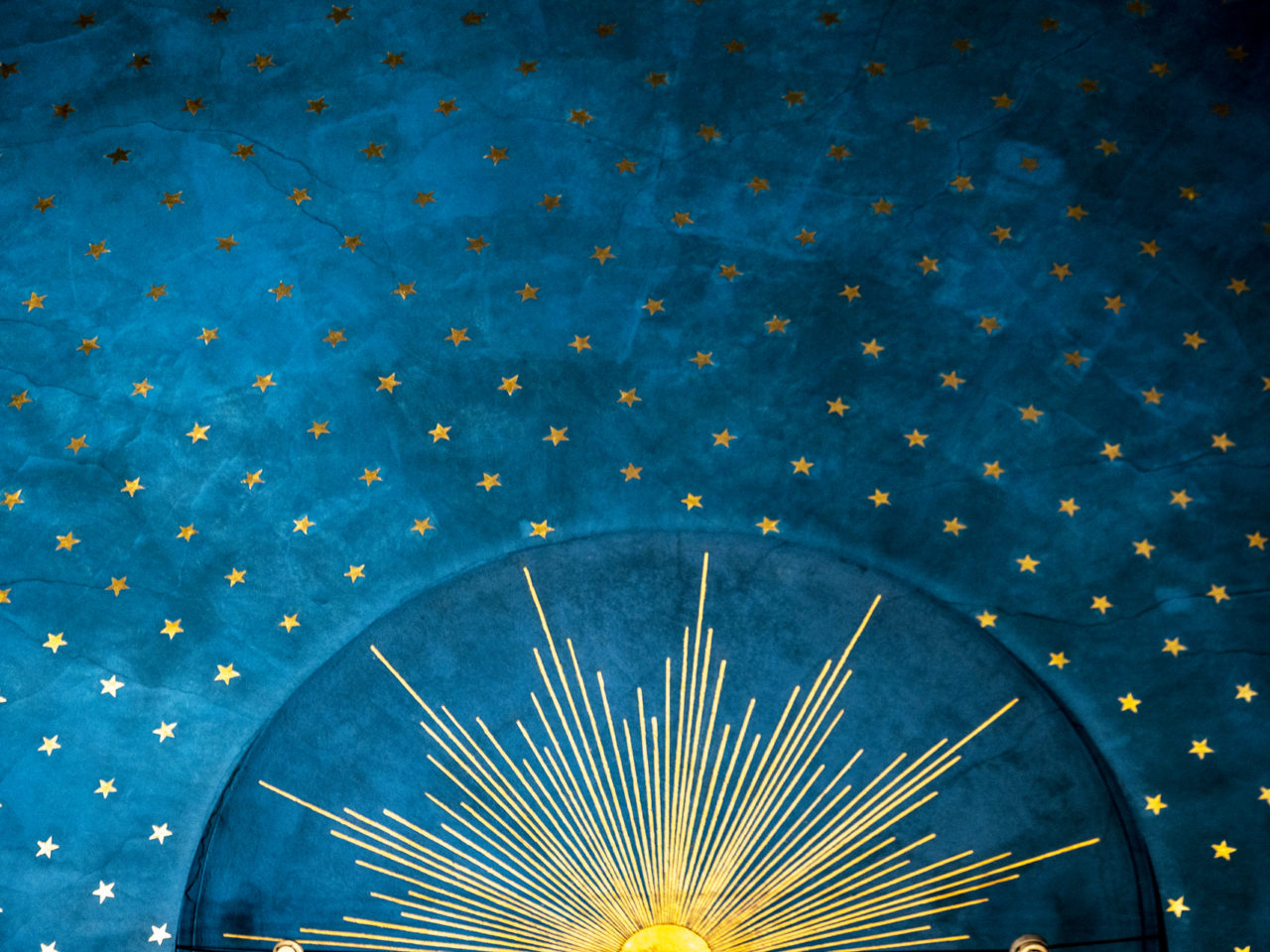
Voice
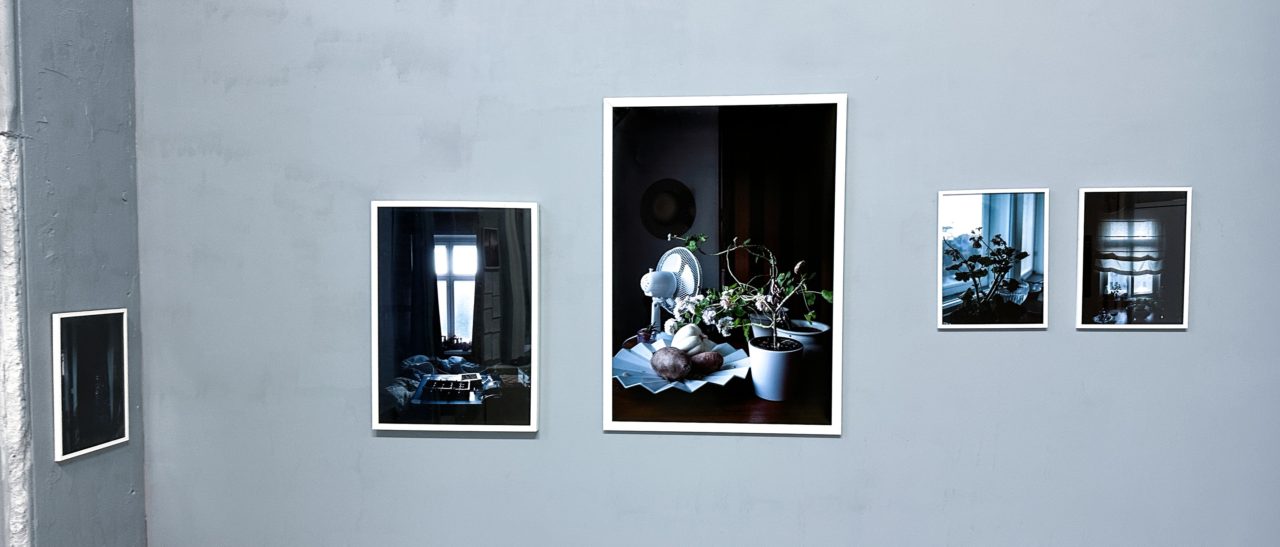

Into the white night puppies were born
Jagoda Malanin – photography, audio
Agata Grzych – curator
ariel rosé – accompanying text
Pracownia Wschodnia Foto
26.10 -10.11
Władysława Skoczylasa 8, 03-469 Warszawa
Wernisaż 26.10 7 pm.
About project:
Into the white night puppies were born
into the golden light were thrown
This project is a quiet reinvention of the dream of the white light. During the white nights, the sun sets for a while, yet its light can still be seen on the horizon. The night sky is blue rather than dark. The white light in Finland might cause insomnia to some, and also others experience strangely vivid, intensive dreams.
I have been coming to Finland for the last 10 years. Each time I return, calmer, healed. For the last 2 years we have been coming together with my daughter, who is half Finnish, half Polish. She is discovering her Karelian heritage, learning the language she doesn’t know too well, being in nature that for the urban child can be sometimes terrifying and has to deal with all the beauty and also fears of childhood. Her family is in large descendants coming from Finnish Karelia.
Finland had to cede a portion of Finnish Karelia to the Soviet Union after the Winter War of 1939–40. More than 400,000 evacuees from the ceded territories re-settled in various parts of Finland, forming then 10% of total population. The Karelian heritage is visible in family memories, postmemories, fading popular culture references, religion (Ortodox), habits and home settings.
According to Marianne Hirsch, post-memory describes the way those who did not actually experience an event can still ‘remember’ it via “imaginative investment, projection and creation”. Post-memories take the form of stories and images of past events which can approximate memory in their affective force, expressed by the generations who come after.
Karelian beliefs, prayers and incantations are part of the project. Karelian sources include the figure of tietäjä – omniscient, shaman, mediator and the ritual of proškenja – healing.
As Laura Stark says, Orthodox Karelia is situated along the significant boundary that historically divides Europe into Western and Eastern cultural and religious zones. Western Europe, shaped by Roman Catholicism and the legacy of Roman governance, stands in contrast to Eastern Europe’s ties to the Byzantine Empire. This border has witnessed both cultural development and tension. The Karelian people, residing along this boundary, have a unique culture and language, influenced by various directions.
A substantial part of the Finnish national epic, the Kalevala, was sourced from this region. Nevertheless, when Finnish collectors explored the rich traditions of this region in the 19th and early 20th centuries, they observed practices heavily influenced by the Orthodox religion and Russian culture, which differed from those in Lutheran Finland. These traditions often centered around village chapels and graveyards and were tied to saints, the deceased, and nature spirits, but they also reflected older Finnic pre-Christian beliefs.
When I young, I was weak and sickly until my fifteenth year. My mother tried to do her best for me so that I would grow up to be healthy. She took me to the tietäjäs to have me treated. When I was a girl, there were many times when I had to carry out the proškenja visit with a tietäjä. Arhippa’s widow, a tietäjä, came many times to our home to take me on a proškenja
visit. When she was unable to help me, my mother invited “grandmother Fedota” to cure me. Grandmother was a superior tietäjä, she cured me.– The divination showed my ailment to be from the forest. Ahead was therefore a proškenja visit in the forest. Grandmother took hold of my hand and led me to the forest. When we were at a sufficient distance and grandmother was sure that there was no one to see us, the bowing started.
(Suistamo. 1958. Siiri Oulasmaa 3981. –Paraskeeva Makkonen, 72 years).
Exploring Laura Stark’s monograph, I have worked with Karelian oral testimonies, dreams, legends and prayers from the region. I also include excerpts from popular songs about Karelia and poetry. I would like to thank Terhi Salokannel-Stenberg for her help.
For the sound part of the project, I used a generative AI voice, based on the cloned voice of the protagonist of the story. The voice and accent is no longer an indicator of individuality. But it is also an attempt to create a voice of shared memory and the collective subconscious, a voice that speaks through the medium, with all the impossibility of this task.
An integral part of the project is a text by Ariel Rose, poet, essayist and writer. The coherence and shape of the project was overseen by curator Agata Grzych.
I want to accompany the protagonist on this meditative journey and rediscover more, on my own, recreating and reinventing the general dream of childhood, not belonging, Karelian postmemories, mystery and discovery.
Photography is not for documenting, is it?
People:
Jagoda Malanin – Photographer, graduate of the Sputnik Photos mentoring programme, Nikon NOOR Academy and Jastrzębska Szkoła Fotografii. .3rd place winner of the Sony World Photography Awards 2023, in the professional competition, in the still life category. She graduated in Photography and Multimedia from the Academy of Fine Arts in Wrocław. In 2021 she published an author’s book in the Image Threads mentorship programme (mentor Sara J. Winston) and participated in an online exhibition in Der Greif magazine, (curator Anna-Alix Koffi). She has exhibited at Wrocław’s Miejsce przy Miejscu 14 gallery (curated by Łukasz Rusznica), Galeria u Agatki (curated by Agata Grzych), Wrocław’s BWA, Warsaw, Łódź and Porto, among others. She has published in the Irish magazine Abridged and in Slovenian Membrana. Co-founder of the Hydroza collective. She is interested in the idea of spontaneous architecture, bodies and oppression, and works mainly with photography and ready-made objects.
https://www.instagram.com/jagodamalanin
Agata Grzych – Graduate of WSF AFA in Wrocław and UAP (formerly Academy of Fine Arts) in Poznań at the Faculty of Multimedia Communication and postgraduate studies “Knowledge of Art” at the University of Wrocław. She works as a teacher at WSF AFA and at the Institute of Journalism and Social Communication at the University of Wrocław.
She has participated in many exhibitions, e.g. at the Fotofestiwal in Athens, the Month of Photography in Bratislava, the International Festival of Photography in Łódź.
She is the founder of the girl art collective #Thinkpink gang.
She is the curator of over 50 exhibitions in cooperation with BWA Wrocław, Galeria Entropia, Tiff Festival, and in her own gallery “Galeria u Agatki”
He hosts his own broadcast about art “Artefakty” on Radio LUZ. In his work, he deals with topics related primarily to religious kitsch, sometimes he deals with casual documentary photography.
ariel rosé – poet, author of a book of poems with illustrations published under the name alicja rosé Północ. Przypowieści, Znak 2019 (North. Parables), and morze nocą jest mięśniem serca, PIW 2022 (the sea at night is a muscle of the heart). They were nominated for the Most Beautiful Book of 2015 award for their illustrations to J. Iwaszkiewicz’s book Kocia książka, Oficyna Wydawnicza Wilk & Król 2015 (Cat’s Book). For their illustrations to Magdalena Tulli’s book Ten i tamten las, Oficyna Wydawnicza Wilk & Król 2017 (This and the Other Forest), they received the Warsaw Literary Award and were nominated for the International IBBY Award. Recently they have translated from French and illustrated Laura Ulonati’s book Dans tout le bleu, Actes Sud 2021 (Cały ten błękit, Wydawnictwo Nowe 2022) and Ilya Kaminsky’s Dancing in Odessa, Tupelo Press 2004, which will be released by Pogranicze/Borderland in 2023. They are a member of the Literary Union, Literary Translators Association in Poland, Circolo Scandinavo in Rome and Litteratur på Blå in Oslo.
At the moment, they co-create an international project Both Sides of the Border Face East with Eastern/Central Europe in focus, and with the patronage of Marci Shore. The project is supported by the Fondation Jan Michalski and the Renaissance Institute. This year’s edition is dedicated to the war in Ukraine.
https://www.facebook.com/rosealeira/
Sources:
Hirsch, Marianne 2008, The Generation of Postmemory, Poetics Today, 29(1), 103–128.
Stark, Laura, 2002. Peasants, Pilgrims, and Sacred Promises: Ritual and the Supernatural in Orthodox Karelian Folk Religion. Helsinki: Finnish Literature Society. DOI:
https://doi.org/10.21435/sff.11
https://enrs.eu/article/post-memories-of-cartographic-violence-the-cases-of-karelia-and-kresy
https://www.researchgate.net/publication/236813417_Karelia_A_Place_of_Memories_and_Utopias
https://link.springer.com/chapter/10.1007/978-3-030-69882-9_11
https://www.jstor.org/stable/10.5406/jamerfolk.130.516.0166
Acknowledgements:
The exhibition was printed courtesy of Epson on the Epson SureColor SC-P9500,
Paper: Epson Premium Luster
Research support: Terhi Salokannel-Stenberg
Place:
Pracownia Wschodnia Foto
26.10 -10.11.2023
Władysława Skoczylasa 8, 03-469 Warszawa
Opening 26.10 , 7 pm
https://pracowniawschodnia.pl/.
Parallel event:
Same evening, Kasia Rysiak will be opening her exhibition at the Pracownia Wschodnia. The artist will show paintings, works made in paper and bookbinding objects. The abstraction series is a work in process, the theme of which is the exploration of tensions in the divisions of space. Geometric planes, diagonal lines, simulated and real shadows are the means by which Kasia Rysiak draws attention to the space between the plane and the three-dimensional.
